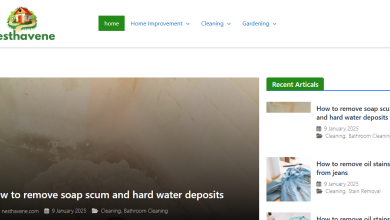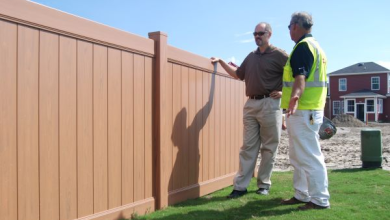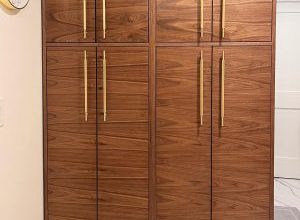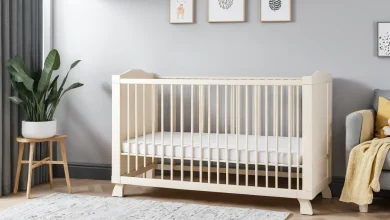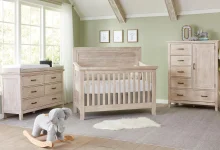The Versatility of Commercial Wallpapers
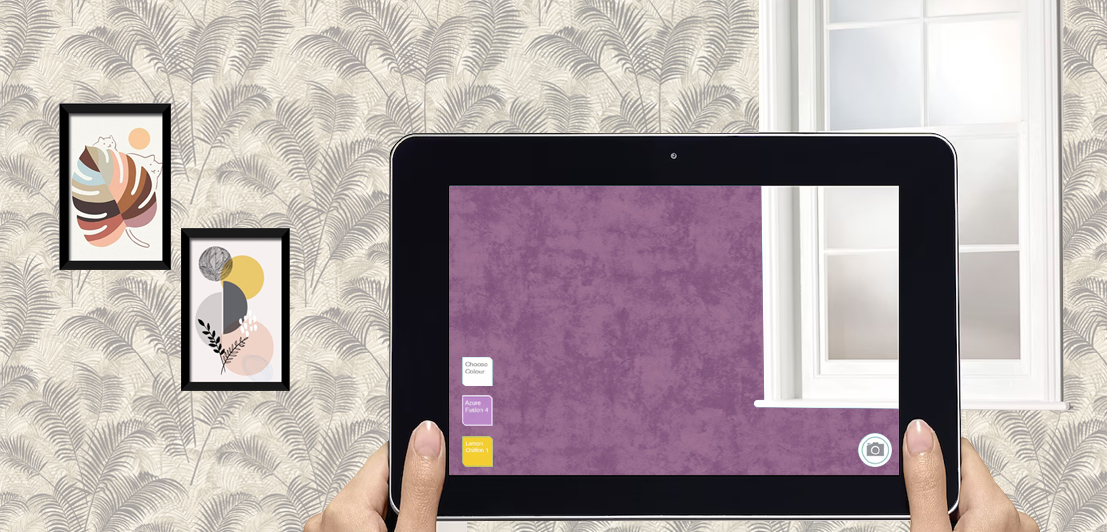
Commercial wallpapers are more than just decorative elements for interior spaces; they offer a remarkable level of versatility that caters to various design needs and functional requirements. From corporate settings to retail environments, their adaptability and durability make them a popular choice for transforming spaces. Here’s a closer look at the versatility of commercial wallpapers:
1. Diverse Design Options: Commercial wallpapers come in a vast array of patterns, colors, and textures. From sleek and modern to classic and traditional, there’s a design to match every aesthetic. Whether you’re aiming for an upscale ambiance or a playful atmosphere, the diverse design options cater to different preferences and interior styles.
2. Customizable Solutions: Many manufacturers offer customizable commercial wallpapers. This allows businesses to incorporate their branding elements, logos, and specific color schemes into the wallpaper design. Customization ensures that the wallpaper aligns perfectly with the brand identity and overall design concept.
3. Enhancing Brand Identity: Commercial wallpapers can serve as an extension of a company’s brand identity. Incorporating brand colors, patterns, and imagery creates a cohesive and immersive environment for employees and customers alike. This branding strategy helps reinforce a sense of identity and professionalism.
4. Functional Benefits: Beyond aesthetics, commercial wallpapers offer practical benefits. Textured wallpapers can add depth and dimension to a space, while acoustic wallpapers contribute to sound insulation and create a quieter environment. Some wallpapers are designed to be washable or resistant to wear and tear, making them ideal for high-traffic areas.
5. Visual Impact: The visual impact of commercial wallpapers is undeniable. Large-scale murals, intricate patterns, and bold graphics can transform a mundane wall into a captivating focal point. These impactful designs are especially useful in retail spaces, hospitality settings, and showrooms.
6. Concealing Imperfections: Commercial wallpapers are excellent for concealing minor wall imperfections or irregularities. Their textured surfaces and patterns can help mask uneven surfaces, giving the appearance of a flawlessly smooth wall.
7. Flexibility in Application: Commercial wallpapers can be applied to various surfaces, including drywall, wood, metal, and even glass. This adaptability allows for creative applications beyond traditional walls, such as accenting columns, doors, and panels.
8. Temporary and Permanent Installations: Commercial wallpapers are available in both permanent and removable options. Removable wallpapers are perfect for temporary installations, trade shows, or events, while permanent ones offer a long-lasting solution for established spaces.
9. Easy Maintenance: Many commercial wallpapers are designed with ease of maintenance in mind. Washable or scrub-resistant varieties make it simple to keep the walls looking fresh and clean, even in busy environments.
10. Evolving Trends: Commercial wallpapers keep up with design trends, offering a range of styles from contemporary to timeless. As design trends evolve, businesses can easily update their interior aesthetics by swapping out wallpapers.
Cost-Effectiveness: Commercial Wallpapers vs. Traditional Wall Coverings
Choosing the right wall covering for your space involves considering not only aesthetics but also budget considerations. Commercial wallpapers and traditional wall coverings offer different cost-effective solutions, each with its advantages and considerations. Let’s compare the cost-effectiveness of these two options:
Commercial Wallpapers:
1. Initial Cost: Commercial wallpapers can have a higher upfront cost compared to traditional paint or basic wall coverings. The price varies based on factors such as the complexity of the design, customization, and the quality of the material.
2. Durability: Commercial wallpapers are designed to be highly durable, which means they can withstand wear and tear over time. They are less likely to fade, chip, or require frequent touch-ups, leading to potential long-term savings.
3. Longevity: Due to their durability, commercial wallpapers have a longer lifespan than some traditional wall coverings. They may not need replacement or repainting as often, reducing maintenance and replacement costs.
4. Customization: While customization options may come at an additional cost, they can offer unique branding opportunities and designs that align with your business identity.
5. Installation: Installation costs can vary depending on factors such as wall preparation, complexity of the design, and the experience of the installer. Commercial wallpapers might require professional installation to ensure a seamless and accurate result.
Traditional Wall Coverings (Paint, Basic Wallpaper, etc.):
1. Initial Cost: Traditional wall coverings, such as paint or basic wallpaper, generally have a lower initial cost compared to commercial wallpapers. However, this cost advantage might diminish over time due to maintenance and replacement needs.
2. Maintenance: Traditional wall coverings might require more frequent maintenance, such as repainting or touch-ups, to keep them looking fresh and appealing. The need for maintenance can increase costs over the long term.
3. Replacement Frequency: Depending on the quality and type of traditional wall covering, you might need to replace them more often due to wear, fading, or changes in trends. This can lead to higher costs over time.
4. Limited Aesthetics: Basic paint and wallpaper options might offer limited design choices compared to the wide range of patterns, textures, and customization available with commercial wallpapers.
5. Application: Basic wall coverings like paint are generally easier to apply and can be done as a DIY project, potentially saving on installation costs. However, more intricate designs might still require professional assistance.
In conclusion, commercial wallpapers are incredibly versatile, catering to a wide spectrum of design needs and functional requirements. Their ability to transform spaces, enhance brand identity, and provide practical benefits makes them a valuable tool for interior designers, architects, and business owners seeking to create impactful and engaging environments.
